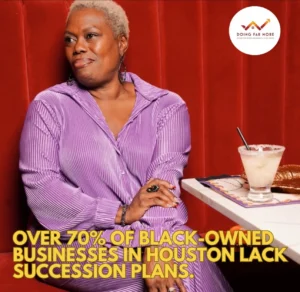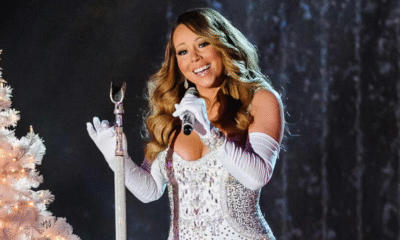News
The Hemp Village Powered by The Doing Far More Foundation
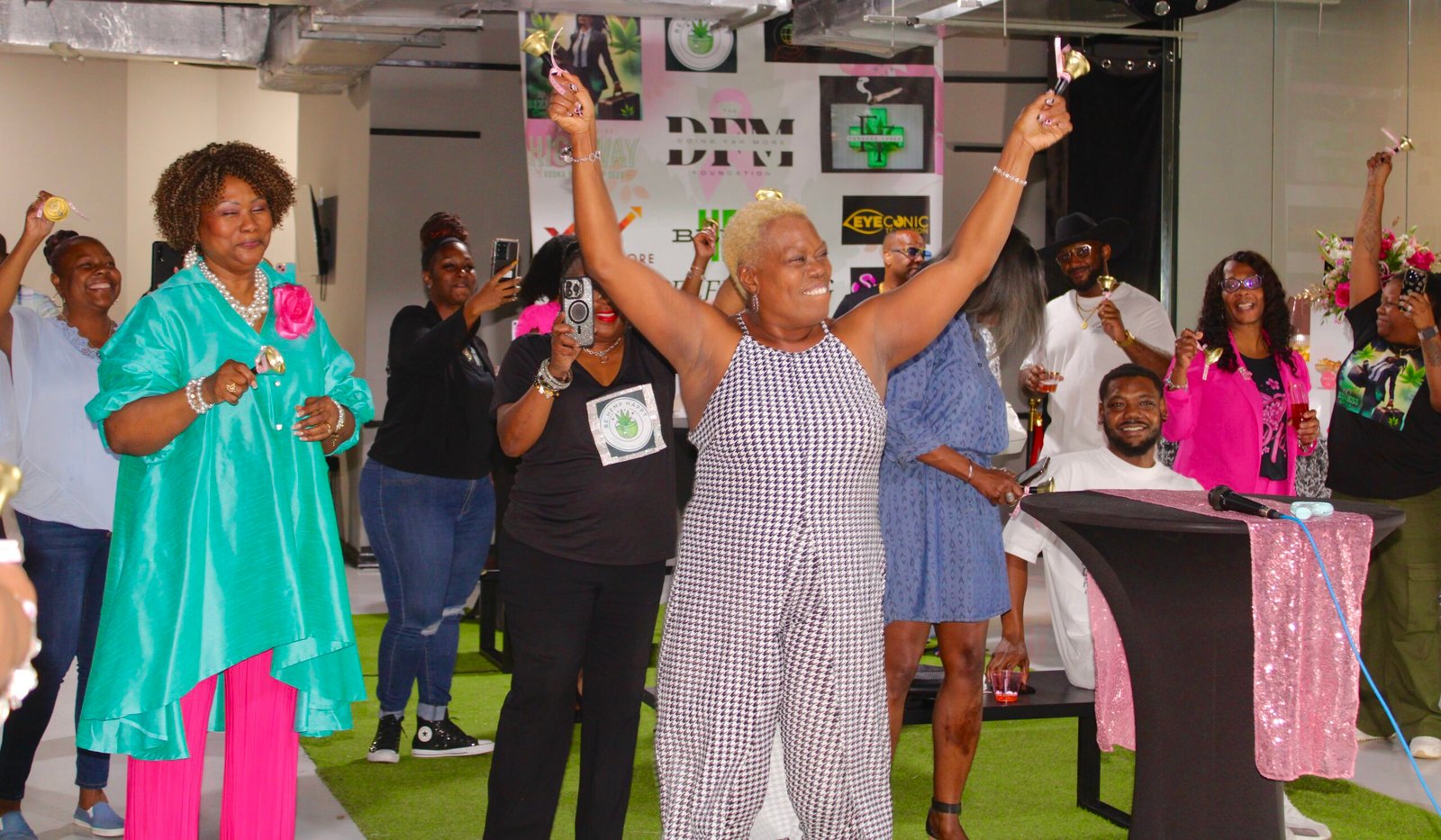
Houston, TX – On October 12th, The Hemp Village will host its inaugural Brunch, a groundbreaking event that promises to be a game-changer in the city’s social and philanthropic landscape. This highly anticipated gathering has attracted an impressive roster of influencers, leaders, and change-makers, all united by a shared passion for celebrating life, hope, and the human spirit.
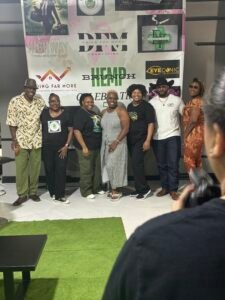
A Tribute to Resilience: The Ring My Bell Ceremony
The Brunch centers around the poignant 1st Annual Ring My Bell Ceremony, where Mrs. Donna Marshall-Payne, a triple-negative breast cancer survivor, will mark her remarkable milestone of being one year cancer-free, coinciding with her 55th birthday. This emotional tribute embodies the event’s theme: “Empowering Stories of Triumph and Success.”
Influential Attendees
Joining Mrs. Marshall-Payne will be an impressive array of Houston’s most influential voices, including:
- Influential Guest Speakers: Thought leaders discussing entrepreneurship, wellness, and navigating cancer challenges.
- Influencer Ambassadors: Social media personalities and thought leaders advocating for cancer awareness and hemp education
- Special Honorees: We proudly celebrate breast cancer survivors and their families, honoring their strength with the meaningful Wreath of Hope.
http://bolanlemedia.com/contact
An Afternoon of Inspiration and Wellness
From 12 PM to 4 PM, attendees will indulge in a luxurious experience at Eyeconic Studios, featuring:
Self-Care Hour (12 PM – 1 PM): Exquisite spa treatments, including massages, facials, and wellness consultations
- Capturing the Moment: Step & Repeat Photography and Videography
- Hemp-Education Station: Interactive exhibits showcasing the benefits of hemp-related wellness and its role in cancer treatment
- Music Headliner: @Local DJ 97.9’s Yamz, Live DJ Set
- Gourmet Experience: Indulge in Chef Brandy and Chef Consuela’s Culinary Creations, Paired with Signature Cocktails, Crafted by Houston’s Best
Honoring Courage and Spreading Hope
The event features several heartfelt moments:
- Blessings Prayer (12:30 PM): A spiritual acknowledgment of the strength and resilience of breast cancer survivors
- Wreath of Hope Presentation: A symbolic tribute to those affected by breast cancer
- Special Acknowledgement: Recognizing the Outstanding Efforts and Commitment of Our Valued Partners and Supporters
A Movement is Born
The Hemp Brunch serves as the inaugural kickoff of a broader movement, focused on redefining the way families approach mortality and celebrating life’s triumphs. The Hemp Village’s motto, “Because it takes a village!”, emphasizes the importance of community support and empowerment.
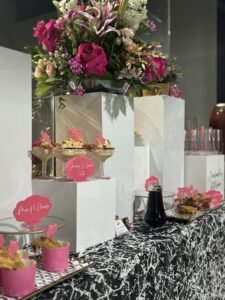
Supporting the Cause
The DFM (Doing Far More) Foundation will be accepting donations through a QR code provided at the event, with all contributions supporting breast cancer research and survivor support.
Event Details
- Date: October 12th
- Time: 12 PM – 4 PM
- Location: Eyeconic Studios, 6115 Skyline Dr. Suite C 77057
- Dress Code: Classy Comfy
- Contact: info@doingfarmore.com for more information or to RSVP
Join the Movement
Be part of this unforgettable day, filled with inspiration, hope, and community spirit. Secure your spot among Houston’s elite and join The Hemp Village at Eyeconic Studios for the inaugural Hemp Brunch. Together, we can celebrate life, honor courage, and uplift those facing adversity.
As The Hemp Village’s founder notes, “This event marks a new era in community-driven initiatives. We’re proud to bring together Houston’s most influential voices to amplify the message of hope, resilience, and wellness.”

To honor the full circle of life, Donna Marshall-Payne’s foundation, The Doing Far More, will be recognized at the event for its compassionate services to the community. The Doing Far More Foundation embodies Donna’s unwavering dedication to empowering families through life’s most challenging transitions, honoring loved ones, and celebrating their legacy.”
Entertainment
How The Grinch Became The Richest Christmas Movie Ever

The Grinch didn’t just steal Christmas—he stole the box office. The 2018 animated film The Grinch turned holiday chaos into serious cash, grossing around $540 million worldwide on a modest $75 million budget, making it the highest‑grossing Christmas movie of all time. That is more than seven times its production cost, which is the kind of holiday return every studio dreams about.

Meanwhile, the 2000 live‑action How the Grinch Stole Christmas with Jim Carrey laid the groundwork for this green empire. That version pulled in roughly $345–347 million worldwide on a $123 million budget, turning a prickly Dr. Seuss villain into a perennial box‑office player and a meme‑ready holiday icon. The nostalgia around Carrey’s performance is a big part of why audiences were ready to show up again almost two decades later.
The Money Behind The Mayhem
The 2018 film did not just earn big—it earned smart.
It opened to more than $$67 million domestically in its first weekend and kept playing steadily through November and December, ultimately pulling in about $272 million in the U.S. and roughly $267 million internationally.
Then there is the profit. Trade estimates peg the film’s net profit in the neighborhood of nearly $185 million once theatrical revenue, home entertainment, and TV/streaming deals are baked in. That is before counting years of reruns, licensing, and holiday programming packages—every December, the Grinch gets another quiet deposit while everyone else is wrapping gifts.
Grinch vs. Everyone: Who’s Really On Top?
Here is how the Grinch stacks up against other Christmas heavyweights by worldwide box office:
| Film | Year | Worldwide Gross (approx.) | Notes |
|---|---|---|---|
| The Grinch (animated) | 2018 | $510–540 million | Highest‑grossing Christmas movie ever |
| Home Alone | 1990 | ~$476 million | Longtime champ, now second place |
| How the Grinch Stole Christmas (live‑action) | 2000 | ~$345–347 million | Built the modern Grinch brand |
| The Polar Express | 2004 | ~$315 million | Holiday staple, trails both Grinch movies |
Different sources list slightly different totals, but they all agree: the 2018 Grinch sits at the top of the Christmas money mountain.
Why The Grinch Keeps Printing Money
The secret sauce is that the Grinch is more than a movie—he is a business model. Every version of this character hits a different emotional lane: Jim Carrey’s 2000 Grinch is pure chaotic energy and quotable nostalgia, while the 2018 Grinch is softer, cuter, and perfectly engineered for modern families and global audiences. Together, they keep the character relevant across generations, which is exactly what studios want from an evergreen holiday IP.
On top of box office and home sales, the character feeds theme‑park attractions, holiday events, branded specials, apparel, toys, and seasonal marketing campaigns. The Grinch went from “I hate Christmas” to “I own Christmas,” quietly turning grouchiness into one of the most profitable holiday brands on the planet.
News
US May Completely Cut Income Tax Due to Tariff Revenue

President Donald Trump says the United States might one day get rid of federal income tax because of money the government collects from tariffs on imported goods. Tariffs are extra taxes the U.S. puts on products that come from other countries.
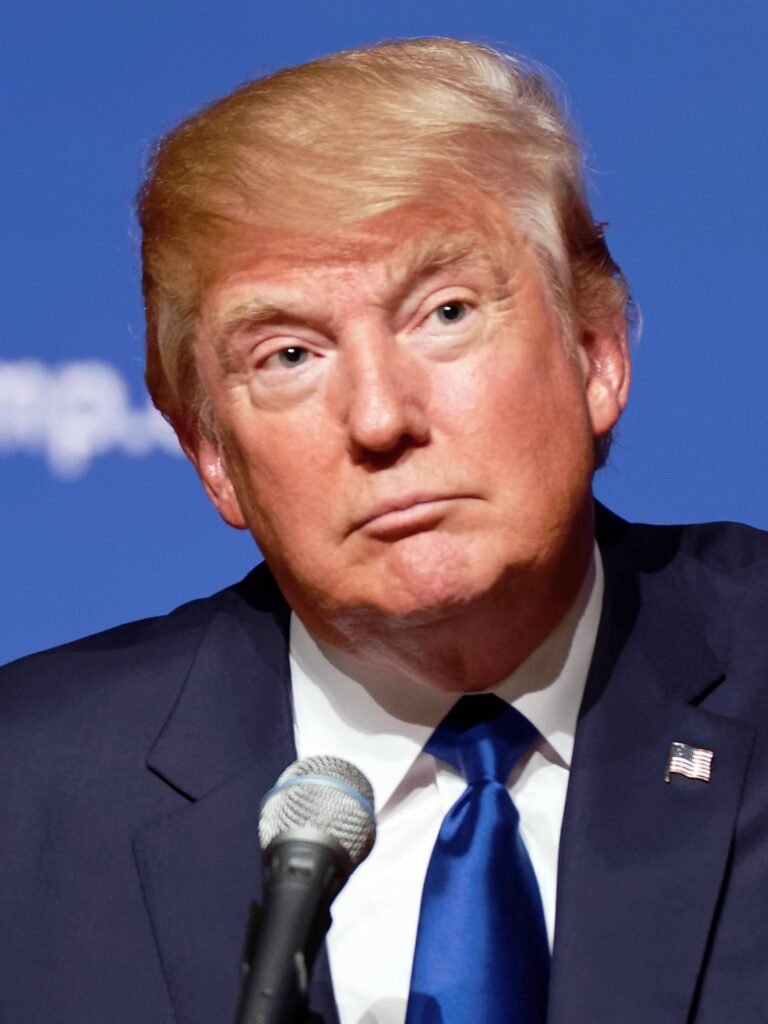
What Trump Is Saying
Trump has said that tariff money could become so large that it might allow the government to cut income taxes “almost completely.” He has also talked about possibly phasing out income tax over the next few years if tariff money keeps going up.
How Taxes Work Now
Right now, the federal government gets much more money from income taxes than from tariffs. Income taxes bring in trillions of dollars each year, while tariffs bring in only a small part of that total. Because of this gap, experts say tariffs would need to grow by many times to replace income tax money.
Questions From Experts
Many economists and tax experts doubt that tariffs alone could pay for the whole federal budget. They warn that very high tariffs could make many imported goods more expensive for shoppers in the United States. This could hit lower- and middle‑income families hardest, because they spend a big share of their money on everyday items.
What Congress Must Do
The president can change some tariffs, but only Congress can change or end the federal income tax. That means any real plan to remove income tax would need new laws passed by both the House of Representatives and the Senate. So far, there is no detailed law or full budget plan on this idea.
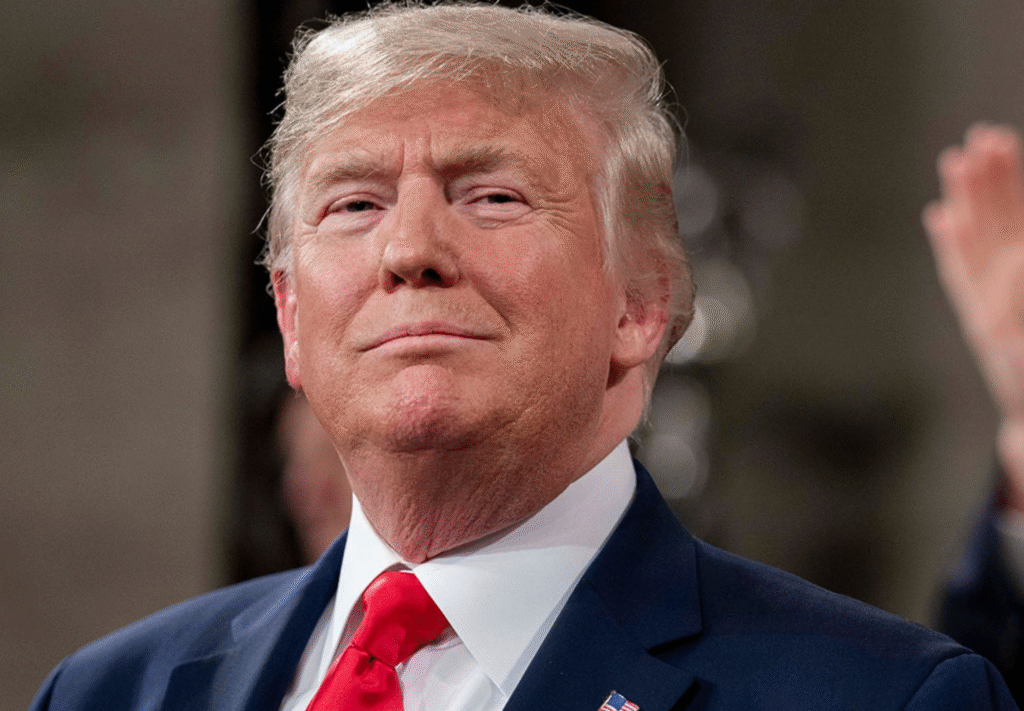
What It Means Right Now
For now, Trump’s comments are a proposal, not a change in the law. People and businesses still have to pay federal income tax under the current rules. The debate over using tariffs instead of income taxes is likely to continue among lawmakers, experts, and voters.
News
Mexico Bans Dophin Shows Nationwide

Mexico has approved a nationwide ban on dolphin shows and the use of captive marine mammals in entertainment, making it one of the strongest marine animal protection laws in the world. The reform requires dolphinariums and marine parks across the country to phase out performances, breeding, and swim‑with‑dolphin attractions and to relocate hundreds of dolphins to seaside sanctuaries or sea pens under strict welfare rules.

What the new law does
Mexico’s Congress unanimously reformed the General Wildlife Law to prohibit the use of dolphins and other marine mammals in shows, therapy, tourist attractions, and any activity not directly tied to conservation or strictly regulated scientific research. The text also bans captive breeding for entertainment or tourism, closing a legal loophole that had allowed facilities to replenish and expand their shows.
The ban covers all permanent and traveling venues, ending dolphin performances, orca and sea‑lion shows, and commercial swim‑with‑dolphin programs nationwide. New dolphinariums are forbidden, and “extractive exploitation” of marine mammals is only allowed in limited, non‑commercial conservation or rescue scenarios.
What happens to captive dolphins
Mexico holds an estimated 30 dolphinariums and roughly 350 captive dolphins, making it one of the world’s major markets for dolphin entertainment. Under the reform, these animals cannot be dumped, sold back into the entertainment trade, or killed; instead, they must be transferred to sea pens or seaside sanctuaries and maintained under higher welfare standards for the rest of their lives.
Authorities have up to a year to finalize implementing regulations and up to about 18 months to complete relocation from concrete tanks to more natural marine environments, according to groups monitoring the process. Facilities that fail to comply can face heavy fines in the millions of pesos, along with permit suspensions or closures.
Why “Mincho’s Law” matters
The reform is widely referred to by activists as “Mincho’s Law,” named after a dolphin who was severely injured after crashing onto a concrete surface during a show at a resort in the Riviera Maya. Video of the incident and subsequent reports of other dolphin deaths in the same facility ignited public anger, prompted inspections, and pushed lawmakers to finally act on stalled protections.
Animal‑welfare organizations argue that the law recognizes that keeping highly intelligent, wide‑ranging marine mammals in concrete tanks for tricks and tourist selfies is inherently cruel. They also frame the Mexican decision as part of a global shift away from captive marine mammal entertainment, alongside similar moves in countries such as Canada.
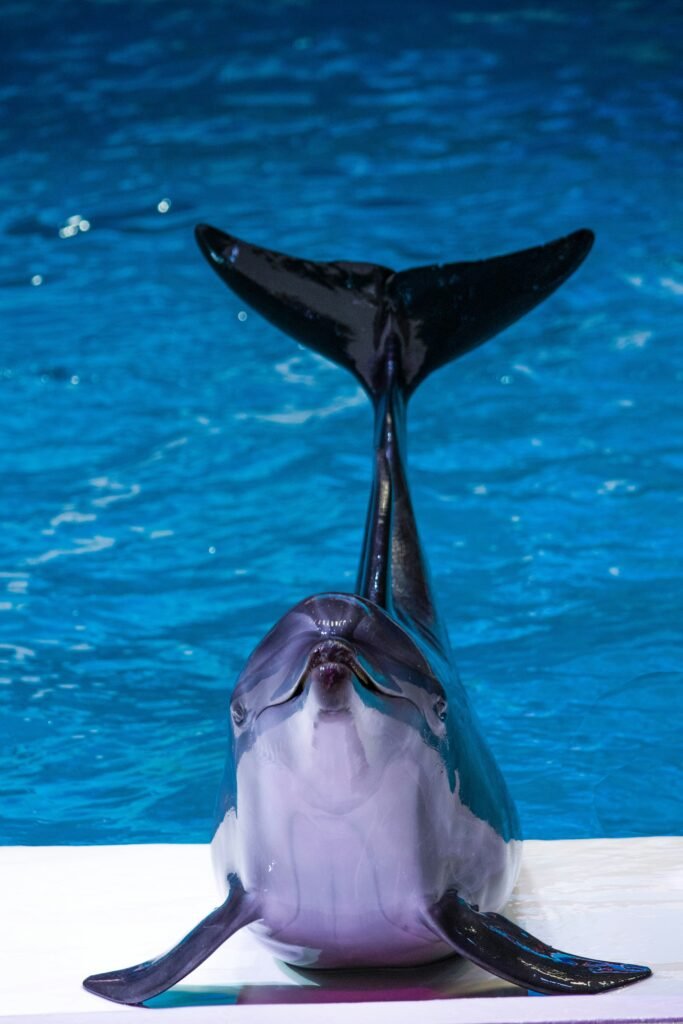
Impact on tourism and industry
The ban will directly affect popular cruise‑ship excursions and resort‑based attractions built around dolphin swims and shows, especially in coastal tourism hubs like Quintana Roo and Baja California Sur. Operators that previously relied on marine mammal performances will have to reinvent their business models, pivot to non‑animal attractions, or shut down entirely.
Tourism and animal‑rights groups expect the move to boost Mexico’s reputation as an ethical destination, even if there is short‑term disruption for businesses tied to the old model. Travel outlets are already advising visitors that dolphin shows and direct‑contact experiences are being phased out and urging them to seek out responsible wildlife viewing instead, such as observing dolphins in the wild.
What this means for animal welfare
For advocates, the law is being celebrated as a historic win that moves more than 350 dolphins out of purely commercial entertainment and toward more natural sea‑based sanctuaries. It also sets a high bar by combining an end to shows, a ban on captive breeding, relocation out of concrete tanks, and strong enforcement mechanisms in a single national framework.
Campaigners now see Mexico as a potential model for other tourist‑heavy countries that still sell dolphin and marine mammal entertainment. They are pushing for transparent timelines, funding, and oversight to ensure the law does not stay symbolic but delivers real, measurable improvements in the lives of the animals affected.

 Entertainment4 days ago
Entertainment4 days agoWicked Sequel Disappoints Fans: Audience Verdict on For Good

 Entertainment3 weeks ago
Entertainment3 weeks agoAfter Party: Festival Winner for Best Romantic Short

 News3 weeks ago
News3 weeks agoCamp Wackapoo – Rise of Glog Takes Center Stage

 Entertainment3 weeks ago
Entertainment3 weeks agoFrancisco Ramos Takes Top Mockumentary Award at Houston Comedy Film Festival

 News2 weeks ago
News2 weeks agoYolanda Adams Questions Traditional Views on God’s Gender, Audience Reacts

 Politics3 weeks ago
Politics3 weeks agoTrump’s $2,000 Tariff Dividend Plan: Who Gets Paid?

 Politics4 weeks ago
Politics4 weeks agoMamdani’s Victory Triggers Nationwide Concern Over New York’s Future

 Film Production3 weeks ago
Film Production3 weeks agoWhy China’s 2-Minute Micro Dramas Are Poised To Take Over The U.S.


